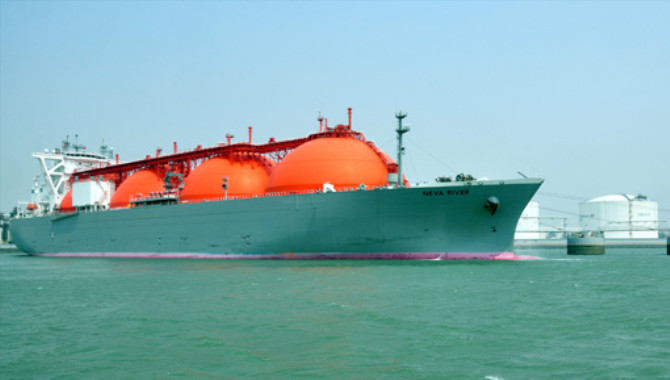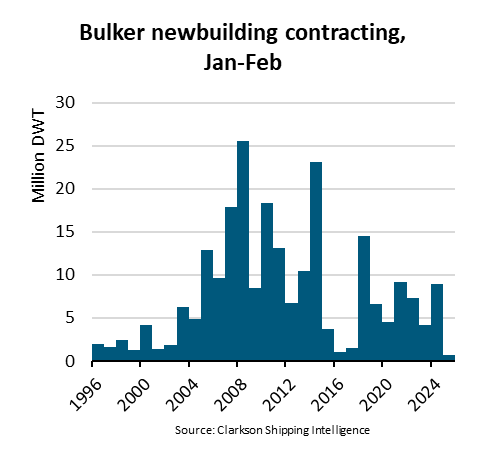
Taiwan’s clean energy plan, low reliance on coal, uncertainty on the future of nuclear energy and rising electricity demand collectively signal higher LNG demand in the country.
In Asia, even as China leads the charge towards becoming the largest LNG importer in the world, we expect Taiwan to step up and absorb a significant portion of upcoming LNG supply. Drewry’s LNG demand outlook is positive with Taiwan’s LNG import prospects playing a significant role.
Taiwan aims to increase the share of LNG in its energy mix from 38% currently to 50% by 2025.. The country’s plan to build athird LNG terminal (Dalan Borought LNG terminal of three million tonnes per annum (mtpa) capacity) – shows the government’s commitment towards increasing the use of LNG. With the commissioning of the third LNG regasification terminal by 2023, Taiwan’s LNG import capacity will increase from the current 11.7 mtpa to 14.7 mtpa.
Curb on coal
Taiwan imports about 65-69 million tonnes of thermal coal, but we expect this figure to reduce gradually over the next few years as the country has no plans to build new coal-fired power plants. Moreover, the government plans to reduce the share of coal in the country’s energy mix by 1% every year. Drewry expects LNG to fill the gap left by the reduced imports of coal in the energy mix and create additional demand for 0.7 mtpa of LNG.
To use or not to use nuclear energy?
Taiwan’s energy plan also aims to cut coal imports and end nuclear energy production by 2025. In January 2016, the country’s Democratic Progressive Party proposed a policy for creating a nuclear free homeland by 2025. Taiwan has two operational nuclear power plants – one each at Kuosheng and Maanshan – which account for around 15% of the country’s electricity generation. Another nuclear power plant in Jinshan is already being decommissioned.
As the pressure from social and environmental groups mount on the government to close down nuclear reactors, the government will eventually decommission the remaining two nuclear plants as well. LNG fired power plants become the obvious choice to replace nuclear power generation capacity, as coal remains forbidden on environmental grounds. In such a scenario, we expect Taiwan to generate additional demand for 5.0 mtpa of LNG.
More long-term contracts
Traditionally, Taiwan secured about 80% of its LNG imports under long-term contracts and has ‘in force’ long-term contracts with Indonesia, Qatar, Papua New Guinea and the US. In 2018, the country entered into a 25-year contract with Cheniere Energy to import 2.0 mtpa of LNG; the contract will come into force from 2021.
Taiwan’s CPC Corporation also has a 2.75% equity share in Australia’s Icthys LNG project and will import 1.5 mtpa of LNG once the project is commissioned. Apart from these contracts, we expect Taiwan to enter into long-term contracts with US suppliers, as US LNG is poised to increase five fold in the next five years. The US’s relatively favourable pricing regime for importers makes its LNG popular with long-term buyers.
Source:Drewry
The opinions expressed herein are the author's and not necessarily those of The Xinde Marine News.
Please Contact Us at:
admin@xindemarine.com


 Ningbo Containerized Freight Index Weekly Commentar
Ningbo Containerized Freight Index Weekly Commentar  Ningbo Containerized Freight Index Weekly Commentar
Ningbo Containerized Freight Index Weekly Commentar  Ningbo Containerized Freight Index Weekly Commentar
Ningbo Containerized Freight Index Weekly Commentar  BIMCO Shipping Number of the Week: Bulker newbuildi
BIMCO Shipping Number of the Week: Bulker newbuildi  Ningbo Containerized Freight Index Weekly Commentar
Ningbo Containerized Freight Index Weekly Commentar  Ningbo Containerized Freight Index Weekly Commentar
Ningbo Containerized Freight Index Weekly Commentar